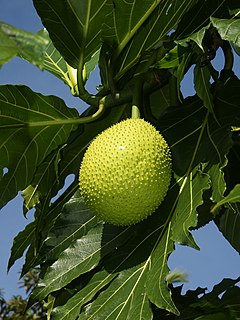
Breadfruit is a species of flowering tree in the mulberry and jackfruit family (Moraceae) believed to be a domesticated descendant of Artocarpus camansi originating in New Guinea, the Maluku Islands, and the Philippines. It was initially spread to Oceania via the Austronesian expansion. It was further spread to other tropical regions of the world during the Colonial Era. British and French navigators introduced a few Polynesian seedless varieties to Caribbean islands during the late 18th century. Today it is grown in some 90 countries throughout South and Southeast Asia, the Pacific Ocean, the Caribbean, Central America and Africa. Its name is derived from the texture of the moderately ripe fruit when cooked, similar to freshly baked bread and having a potato-like flavor.

Sir Francis Charles Chichester KBE was a British pioneering aviator and solo sailor.

Chuuk State is one of the four states of the Federated States of Micronesia (FSM). The other states are Kosrae State, Pohnpei State, and Yap State. It consists of several island groups:
Pwo is a sacred initiation ritual, in which students of traditional navigation in the Caroline Islands in Micronesia become navigators (palu) and are initiated in the associated secrets. Many islanders in the area indicate that this ceremony originated on the island of Pollap, or nearby islands.
The Federated States of Micronesia is a federation divided into four states, which are further divided into various cities and municipalities.

Pikelot Island is one of the outer islands of the State of Yap, part of the Federated States of Micronesia. It is a low coral islet, with a wet, tropical climate. It is uninhabited.

Traditional Polynesian navigation was used for thousands of years to make long voyages across thousands of miles of the open Pacific Ocean. Navigators travelled to small inhabited islands using wayfinding techniques and knowledge passed by oral tradition from master to apprentice, often in the form of song. Generally each island maintained a guild of navigators who had very high status; in times of famine or difficulty they could trade for aid or evacuate people to neighboring islands. As of 2014, these traditional navigation methods are still taught in the Polynesian outlier of Taumako Island in the Solomons.

Poluwat, also Polowat, formerly Puluwat, is a coral atoll and a municipality of Chuuk state, Federated States of Micronesia.
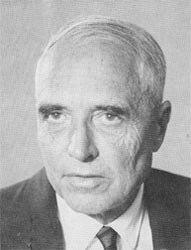
Samuel Hoyt Elbert was a linguist who made major contributions to Hawaiian and Polynesian lexicography and ethnography. Born on a farm in Des Moines, Iowa, to Hugh and Ethelind Elbert, Sam grew up riding horses, one of his favorite pastimes well into retirement. After graduating from Grinnell College with an A.B. in 1928, he earned a certificate in French at the University of Toulouse and traveled in Europe before returning to New York City, where he waited tables, clerked for a newspaper, reviewed books, and studied journalism at Columbia University. Wanderlust took him to French Polynesia, first to Tahiti and then to the Marquesas, where he quickly became proficient in Marquesan. In 1936, he went to work for the United States Geological Survey in Hawaiʻi. There he met researchers on Pacific languages and cultures at the Bishop Museum, chief among them Mary Kawena Pukui, from whom he learned Hawaiian and with whom he worked closely over a span of forty years. When war broke out in the Pacific, the U.S. Navy employed him as an intelligence officer studying the languages of strategically important islands. He was posted to Samoa in 1943, then to Micronesia, where he collected and published wordlists for several island languages.
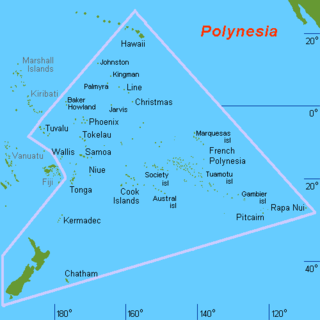
Polynesia is a subregion of Oceania, made up of more than 1,000 islands scattered over the central and southern Pacific Ocean. The indigenous people who inhabit the islands of Polynesia are termed Polynesians, and share many similar traits including language family, culture, and beliefs. Historically, they had a strong tradition of sailing and using stars to navigate at night. The largest country in Polynesia is New Zealand.

Australasia comprises Australia, New Zealand, and some neighbouring islands. It is used in a number of different contexts including geopolitically, physiographically, and ecologically where the term covers several slightly different but related regions.
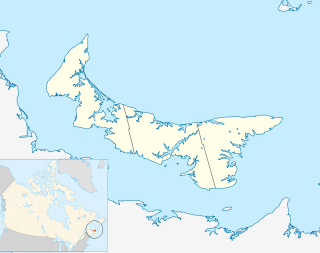
The Northport Range Lights were a set of range lights on Prince Edward Island, Canada. They were built in 1885, and the rear light was deactivated around 1970; the front light is still active as the rear light of the new range.
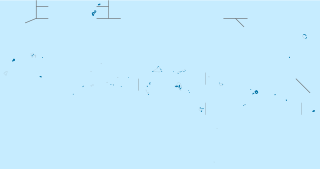
The Japanese Lighthouse, or Poluwat Lighthouse, is an abandoned lighthouse situated on Alet Island in Poluwat, Chuuk in the Federated States of Micronesia. It was completed in 1940 by the Japanese and was in use until being attacked by U.S. forces in World War II. It was listed on the National Register of Historic Places in 1983. The lighthouse is a good example of pre-World War II "marine architecture" built by the Japanese.

Wa are a traditional proa-style sailing outrigger canoe of the Caroline Islands. They have a single outrigger.
Kafeŕoor is a "mythical vanishing island" location in Pacific and Polynesian mythology, recorded in the traditional celestial navigation techniques of the Caroline Islands. Part of the Trigger fishes tied together mnemonic-navigational system, it is sometimes grouped with Fanuankuwel as a 'ghost island'.
Fanuankuwel is a "place of a whale with two tails" location in Pacific and Polynesian mythology, recorded in the traditional celestial navigation techniques of the Caroline Islands. Part of the Trigger fishes tied together mnemonic-navigational system, it is sometimes grouped with Kafeŕoor as a 'ghost island'.
Hipour was a master navigator from the navigational school of Weriyeng and the island of Puluwat.
Namonabetiu is a group of atolls within the Federated States of Micronesia; it comprises Puluwat, Pulap, Tamatam, and Pulusuk.
We, the Navigators, The Ancient Art of Landfinding in the Pacific is a 1972 book by the British-born New Zealand doctor David Lewis, which explains the principles of Micronesian and Polynesian navigation through his experience of placing his boat under control of several traditional navigators on long ocean voyages.













